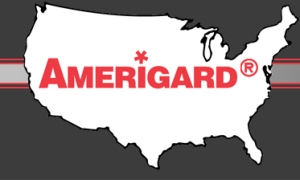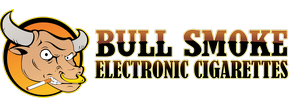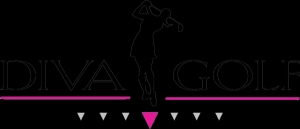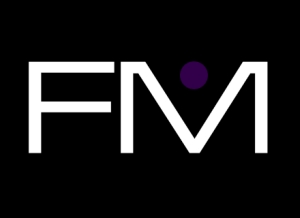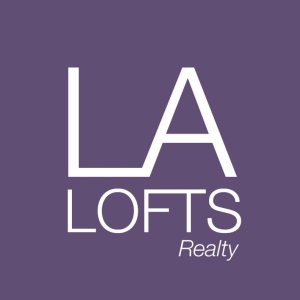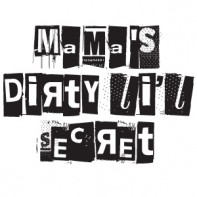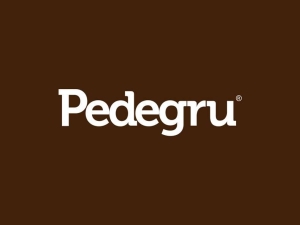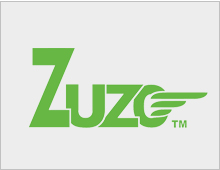Trademark Infringement
Domain Names
Domain name disputes arise when one party asserts rights to a domain name registered to another party. Domain name disputes can take many forms, including disputes between business partners, employees and companies, companies and their Web hosting providers, the parties to a domain name transfer agreement, and the original registrant of a domain name and a party accused of stealing it, among others.
Possibly the most common type of domain name disputes, however, involve claims of cybersquatting. Cybersquatting is, in a nutshell, the registration of a domain name that is identical or confusingly similar to a trademark, which is distinctive at the time of registration, with the bad faith intent to profit off of the trademark. Probably the best known type of cybersquatting consists of registering a company’s trademark as a domain name and trying to sell it to the trademark holder for a pile of money. Notwithstanding the enactment of the Anticybersquatting Consumer Protection Act (ACPA), which carries penalties of up to $100,000 per violation, this still happens. Other types of cybersquatting may involve registering a domain name to divert visitors from a trademark holder’s Web site to a competing site, or registering domain names to keep a trademark holder from registering them.
Domain name disputes that cannot be resolved without litigation are often submitted for decision under the Uniform Domain Name Dispute Resolution Policy (UDRP), an administrative proceeding put in place by ICANN to govern trademark disputes over domain names. Administrative panels the decide matters pursuant to the UDRP must evaluate three factors in determining whether a violation has occurred:
Is the domain name in dispute confusingly similar to an existing trademark? This element has two parts: first, the Complainant must establish that it has enforceable trademark rights; second, the disputed domain name(s) must be similar enough in appearance to the Complainant’s trademark to be deemed “confusingly similar.”
If so, the panel next asks if the registrant of the disputed domain name has a legitimate right or purpose for using the domain name. Did he have a trademark in the domain name before he registered it? Has she used or prepared to use the domain name as part of a legitimate business? Did she register the domain name for its value as a dictionary word? Is he using the domain name to profit off of the Complainant’s trademark?
If not, can the complaining party prove that the name was registered in bad faith? Examples of bad faith include, but are not limited to, registering a trademark as a domain name with the intent to sell it to a trademark holder, and registering the trademark of a competitor as a domain name. What constitutes bad faith in a given case is dependent upon the individual facts of the case, as presented to the panel, and the panelist’s interpretation of those facts.
The UDRP can be an effective mechanism for resolving certain types of disputes, although it also has its detractors. Although most UDRP decisions are principled, there are some panelists who evidence a bias against domain name investors or domainers in favor of corporate trademark holders. There is no controlling precedent of the UDRP, so to speak – past decisions are not binding on future panels. As a result, the “law” of the UDRP is complex, changing, and often contradictory. There is no formal appeal process, although a respondent who loses a UDRP decision can stop a transfer by filing an action in the proper jurisdiction in the time frame provided by the UDRP.
Often, the registrants of generic or descriptive dictionary word domain names are threatened or sued. Many of these claims are overreaching, and rely upon questionable evidence of bad faith and flimsy logic. Even so, the capacity of an administrative panel to transfer a dictionary word or geographic domain name to a Complainant should never be underestimated. Although cost is a factor, defending a UDRP Complaint without the assistance of a domain name attorney will typically place a respondent at a significant disadvantage.
Contact us to get started.
Attorney consultation requests can be submitted by filling this form. One of our trademark attorneys will respond to inquiries directly. You may also call us at (212) 967-1350.
“ The trademark attorneys at Lewis & Lin are responsive, easy to work with, and fair! ”
— Harvey Moscot (CEO), Moscot NYC
